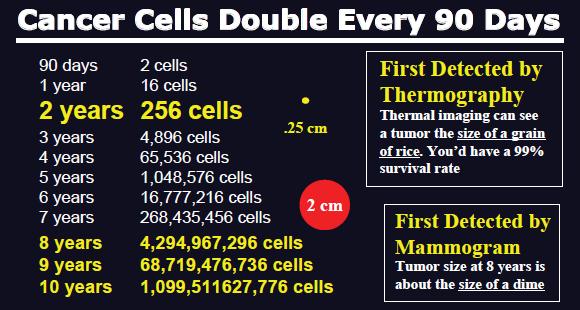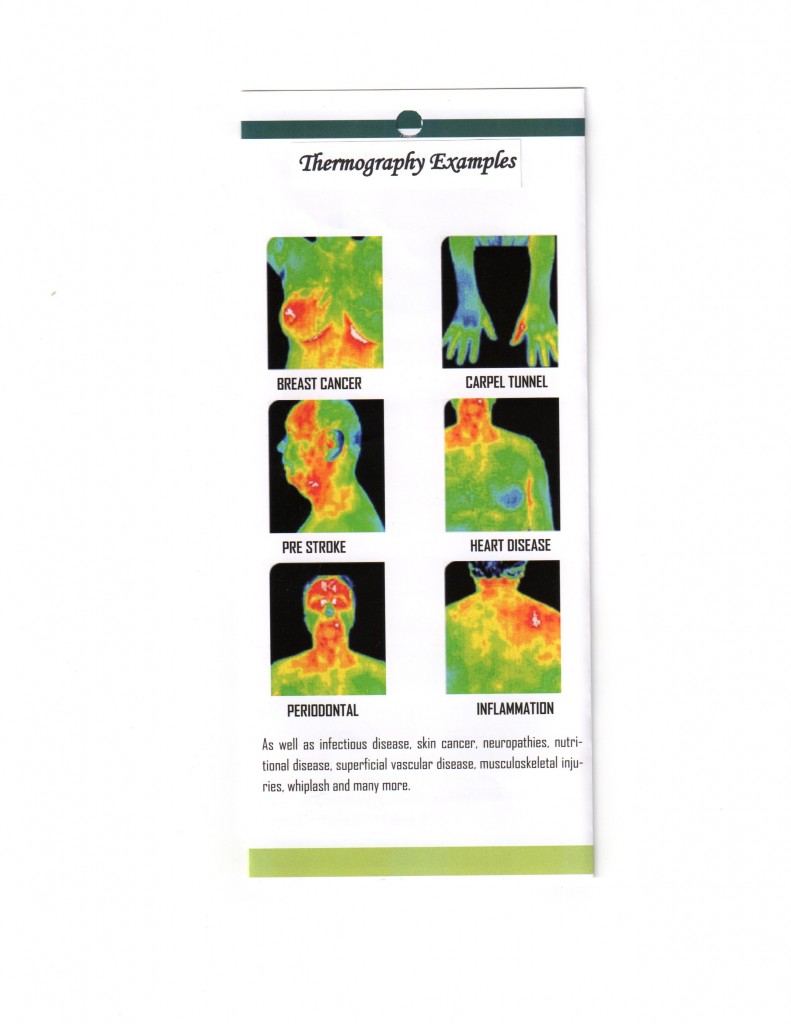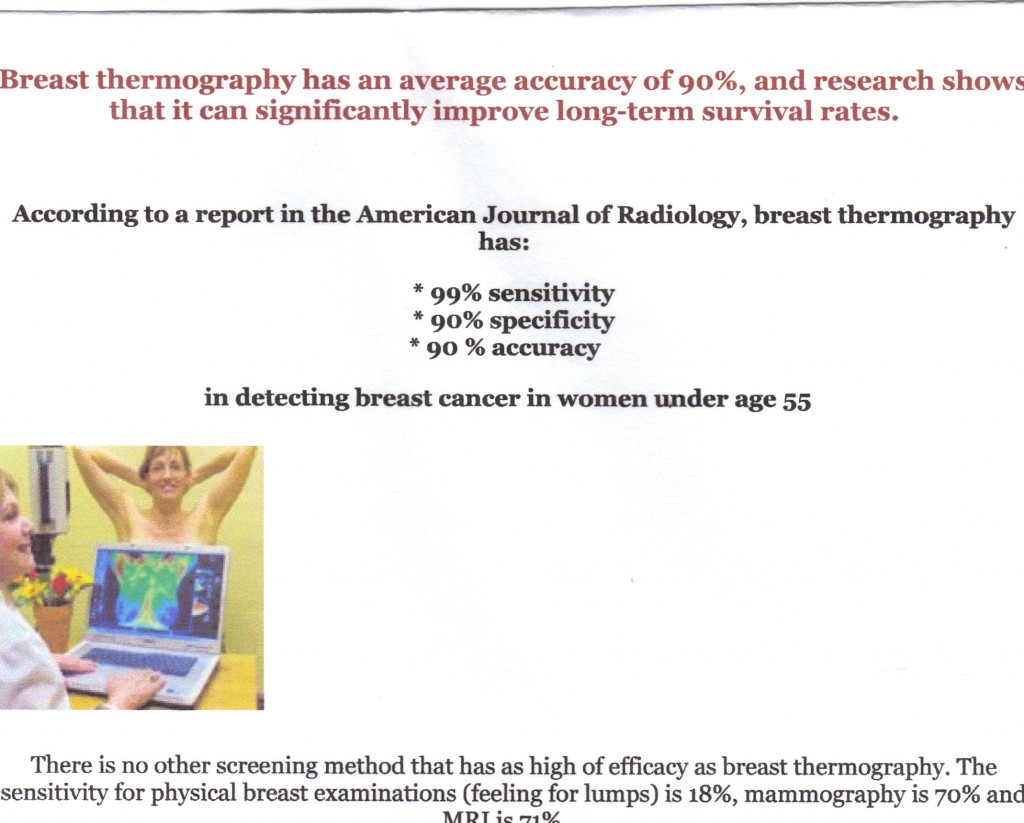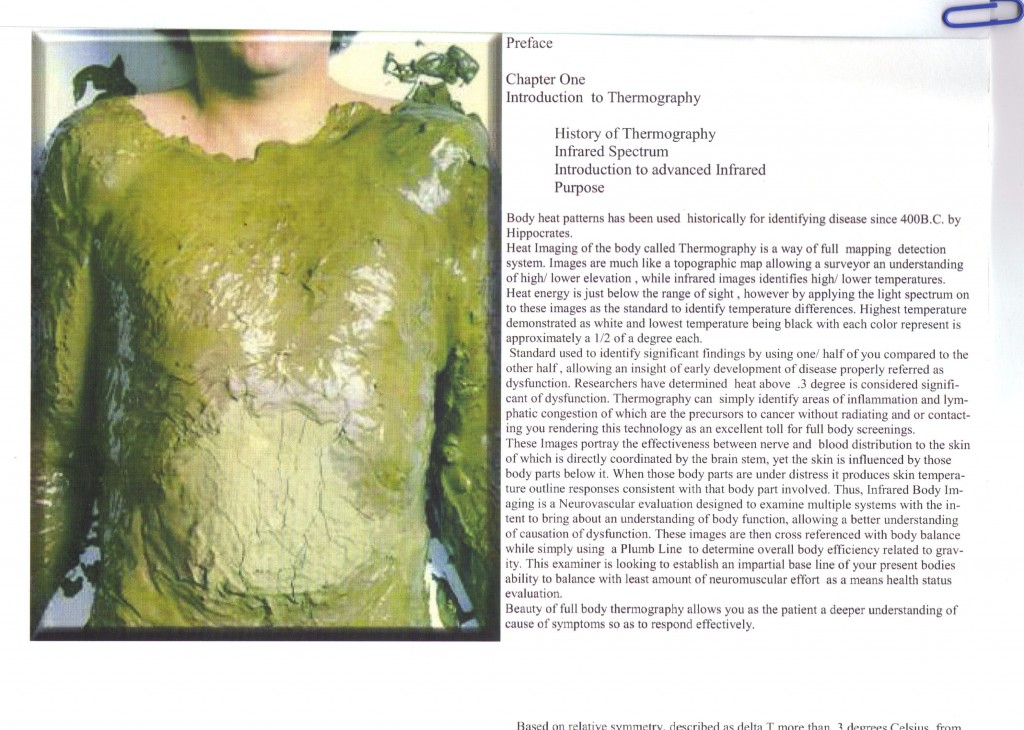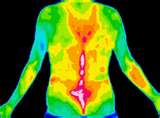The following Programs/Modalities described are only informational and/or for research purposes. No claims are made by Moonawell in regard with their effectiveness. Please consult your physician before attempting to use or buy any of mentioned Programs/Modalities.
The BTA tests are intended for nutritional assessment purposes only and are mostly of “Do It Yourself” types. No medical claims are made based on these tests results.
Free Radicals-Oxidative Stress
This is used to assess electron potential and cell damage. Free radicals are highly reactive molecules with uncoupled electrons and are by-products of normal metabolic reactions.
As cells begin to steal electrons from each other, cell destruction results. High oxidation rate leads to fatigue and stressed body systems.
Electrolyte Dynamics: Flow of Energy
Electrolyte solutions can enhance our cell function if they are balanced. Any imbalance here will upset the normal electrical flow through cells.
Nitrates Assessment for Immune Weakness/Stress
Nitrates are end product of nitric oxide (NO). NO is made by the body for a short time to mediate chemical situations. It is stimulated by low oxygen or high carbon monoxide and converts to a free radical. Nitrate test can assess an array of systems stress and oxidation.
Lemon Juice Test for Mineral Reserve and pH Assessment
Minerals are needed in the body for enzyme activity. By subjecting a person to lemon juice, the mineral buffer system reactions can be observed along a time line, and the available mineral reserves, degree of stress and mineral depletion risk factors monitored.
Ammonia Discharge: Assessment of Stress and Acidity
During protein metabolism nitrogen wastes are produced. The first nitrogen containing molecules formed is ammonia (NH3), which must be excreted by the body before it raises body fluid pH. Too much or too little ammonia causes imbalance in the system (like out of balance acid/alkaline ratio). Ammonia is also an adaptation response to mental, emotional, stress and other acid forming causes and its monitoring provide clues to body stress condition.
(Cl-) Displacement and System Stress
This test helps determine the degree of energy output of the body, the burden on the fluid balancing systems, the probable buffering- and mineral deficiency and the level of body stress. When stress activity and acidity is high or low, certain minerals (Na, K, Mg) that are bound to chloride are displaced. High acidity is the result of hyper-stimulated sympathetic system, which stimulates certain body control systems.
Pulse Pressure Test for Stress Evaluation
The fact that a non-stressed body responds by blood pressure rising when standing up from a lying position can be used to evaluate system stress.
Pupil Size Observation
Stress can be assessed by looking at the pupil size in response to application and removal of a light source (such as a flash light).
Basal (at rest) Temperature Test
Basal temperature test is a simple method to monitor how the body uses some of the hormones that control that control the efficiency of its heat production.
Iodine Absorption Test
Is used to assess the absorption of the element iodine, which is very important for the body normal hormonal functions.
Digestion Assessment: Malabsorption/HCl Evaluation
A proper protein absorption through the digestion system is of great importance
Hydrochloric acid (HCl) plays a big role in providing appropriate medium for the enzymes to break down the food and any imbalance in this system leads to undigested food, resulting in an overgrowth of pathogens and a host of other problems.
Enzyme Assessment
Digestive enzymes are the most important step in food digestion. Any imbalance here leads to undigested food, a whole range of problems and the suffering of intestinal flora.
Total Sugar Test
This is not a test for diabetes or glucose measurement. It is a “total sugars” assessment for evaluation of the body sugar metabolism meaning “high’ or “low” sugars.
Sugar metabolism has a tremendous importance in our ability to access the appropriate energy production pathways. Without its proper control and balance energy production will fluctuate. Some of the factors contributing to sugar imbalance are improper diet, stress, hormonal factors and lack of physical exercise. There are 2 major genotypes regarding sugar metabolism. The “glucogenic” type people who are deficient in oxidative energy metabolism from fats. Their system prefers to burn energy through citric acid cycle, i.e. burning sugars as fuel. The “ketogenic” type people who are deficient in oxidative energy metabolism produced from amino acids. Their system prefers to burn fats via beta hydroxybutyric acid cycle. Both imbalance types are continuously struggling with sugar control. The “sugar meter” reads both high sugars (ketogenic) and low sugars (glucogenic).
Certain foods are good for one type and bad for another, especially due to different tendencies regarding acidity/alkalinity of the two genotypes.
Breath Test
This test determines the time a person is able to hold breath, which may point to the sugar metabolism genotypes. The Glucogenics have shorter breath-hold ability due to burning sugar and increased production of CO2 which leads to more oxygen requirement.
Lipid Panel Test
As high lipids oxidation, ammonia and electrolytes lead to numerous imbalances, it is good to know the lipid levels. This test evaluates the lipid levels in conjunction with other oxidative measures and is used solely for evaluation of oxidative stress on the body.
Mineral Calcium Assessment
Calcium is involved in vital functions of the body, such as in bones, muscle contraction, nerve impulses and the regulation of numerous other body reactions. As such it is very important to evaluate the body’s calcium reserves
Vitamin C Assessment
Vitamin C is involved in literally hundreds of biological activities in the body. Some conditions associated with vitamin C imbalance are low immune functions, fragile capillaries, allergies, scurvy, etc.
This is a quick test to assess the body’s vitamin C status.
Hydration Index
When the body is dehydrated, it takes the water out of cells to dilute the acidity. As water is a good signal conductor, without it the cell communication will be affected dramatically
Zinc Test
Zinc is associated with tremendous amount of important body functions. It is mostly lacking in today’s modern diet. Zinc is important for enzyme production and is an essential cofactor of immune and reproductive systems. This is a simple yet reliable test that shows instantly the body’s zinc status.
Chemstrip Tests
These tests are basically a series of Do It Yourself assessment for evaluation of several body systems stress level. Urine Analysis – – Introduction to Urinalysis
Osteomark NTx
This is a lab test for a non-medical evaluation of bones condition. It provides a quantitative measure of the excretion of cross-linked N-telopeptides of type I collagen.
NTx is ideal for identifying the probability for a decrease in bone mineral density after one year in postmenopausal women receiving calcium supplements.

